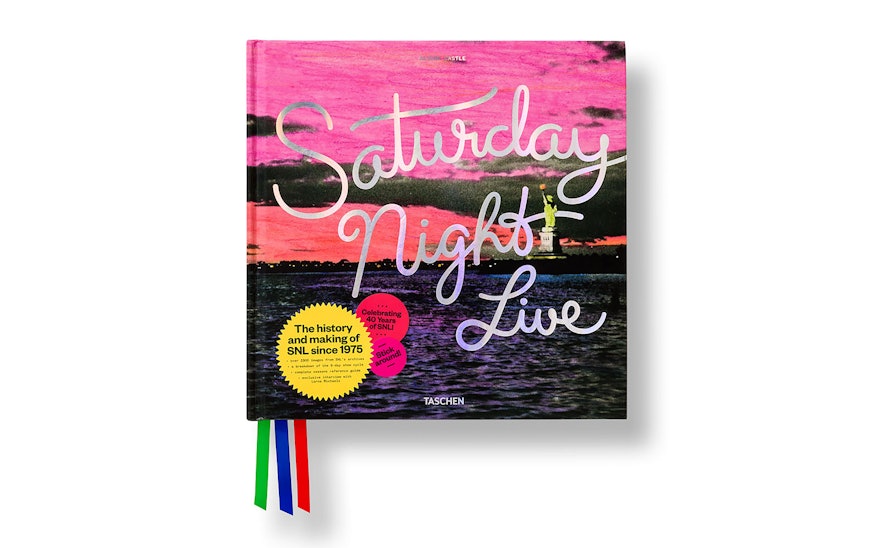Pentagram designed the identity, environmental graphics, print collateral and motion graphics for the second annual Platform Summit. Held on the grounds of Morehouse College, the famous black men's liberal arts college in Atlanta, Georgia, the summit continued Platform's initiative to build better professional networks for minority entrepreneurs and innovators in technology.
Morehouse president, John Wilson, Jr. invited the Summit to the college to help spur interest in technological entrepreneurship in Atlanta as part of a vision to position the city as a hub for technology. The event was co-hosted by Georgia Tech in partnership with #YesWeCode, an initiative to train 100,000 low-opportunity youth become world-class computer programmers.
The designers built on both the Platform identity, redesigned by Pentagram in 2013, as well as the previous year's graphic program, with the goal of increasing Platform's web presence, adding new printed collateral, and developing a new outdoor wayfinding system for the event. An additional element of this year's summit was an innovative design for responsive visualizations on the stage of Morehouse's Ray Charles Performing Arts Center.
The team worked through the year on increasing Platform's visibility with online promotional and print materials in preparation for the 2014 festival. The designers elevated last year's printed collateral by using high-quality materials, including the summit guide, tote bags, t-shirts, lanyards, schedules, and informational postcards.
The summit guide functions as Platform's core documentation for attendees and includes the program agenda, speaker profiles, and sponsor credits. This year's guide was bound with an unconventional open binding using bright "Swiss Beauty" pink thread. The titling is blind debossed on the gray hardcover of the guide.
While last year's graphic program utilized vinyl wall graphics for interior wayfinding, the designers had strict limitations on modifying the interior of the Ray Charles Center. Rather than affixing graphics to the walls and floors, the designers used a series of free-standing cylinders and floating inflatables throughout the Center. Inflatable spheres with large arrows affixed to 4-foot cylinders displayed directional graphics, maps, and legends in Platform's distinctive black and white color way.
The event programmers took advantage of Atlanta's mild autumn weather by building a large outdoor canopy on the lawn of the Ray Charles Center. The wayfinding concept was extended to two 8-foot high cylinders at the two major entry points of the building, and a cluster of 6- and 10-foot inflatable spheres printed with Platform messaging served as a focal point between the Center's conference hall and lounge. The highlight of the outdoor graphics was a massive 30-foot blimp that hovered above the campus grounds, which was viewable from the highway flanking the Morehouse campus. The blimp made an impression on the campus, and served as iconographic inspiration for the Platform-branded tote bags.
The Summit presentations were divided into five “Topics of Innovation”, each featuring four to six distinguished speakers from varying disciplines and industries such as Paul Judge, Vice President and Chief Research Officer of Barracuda Networks; Janelle Monáe, Grammy-nominated Singer–Songwriter; James H. Shelton, Deputy Secretary U.S. Department of Education; Ralph de la Vega, President and CEO of AT&T Mobile and Business Solutions; and the Reverend Jesse Jackson, civil rights activist and Baptist minister. Opara and his team were invited to design the Platform stage in conjunction with production designer Guy Tuttle of Special Projects, Inc. The Platform organizers wanted a concept that would heighten the focus on the stage, so the designers conceived two massive LED walls to display live visualizations of the speakers. A custom-built computer application transmitted the live video from an HD camera to the LED screens, creating responsive, dynamic graphics (informed by computational code from Robert Hodgin) of the speakers in real-time. The visuals were less fluid during the group presentations, so the designers created a programmatic treatment of each of the speakers' faces, built out in particles that diverged from the center of the image. The patterns created by the visualizations also served as graphic inspiration for the speaker profiles in the summit guide and on the Platform website.

